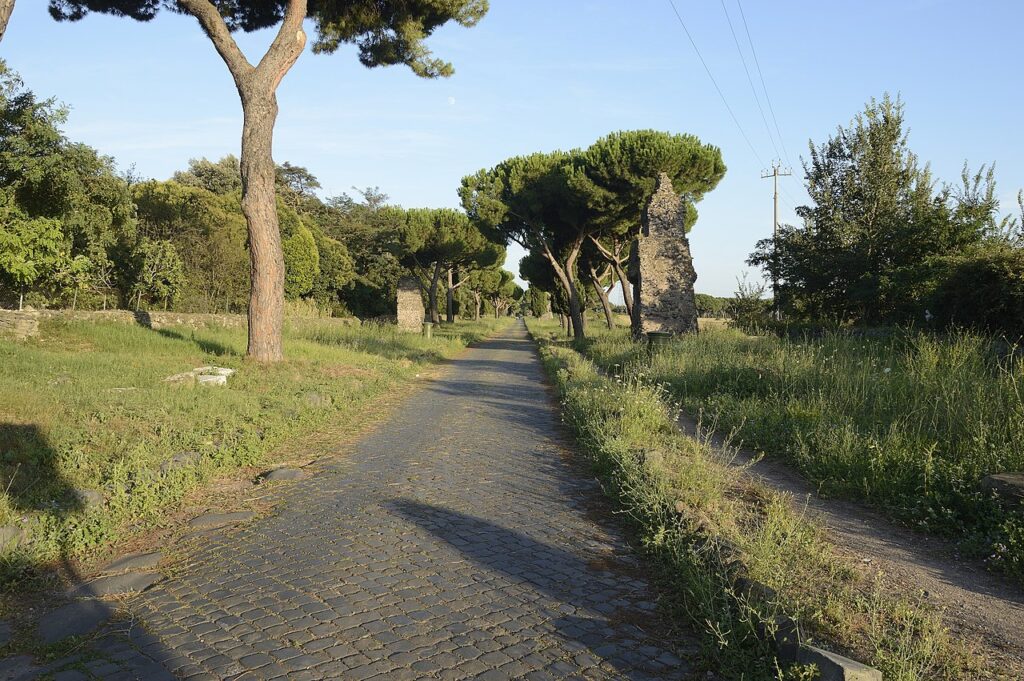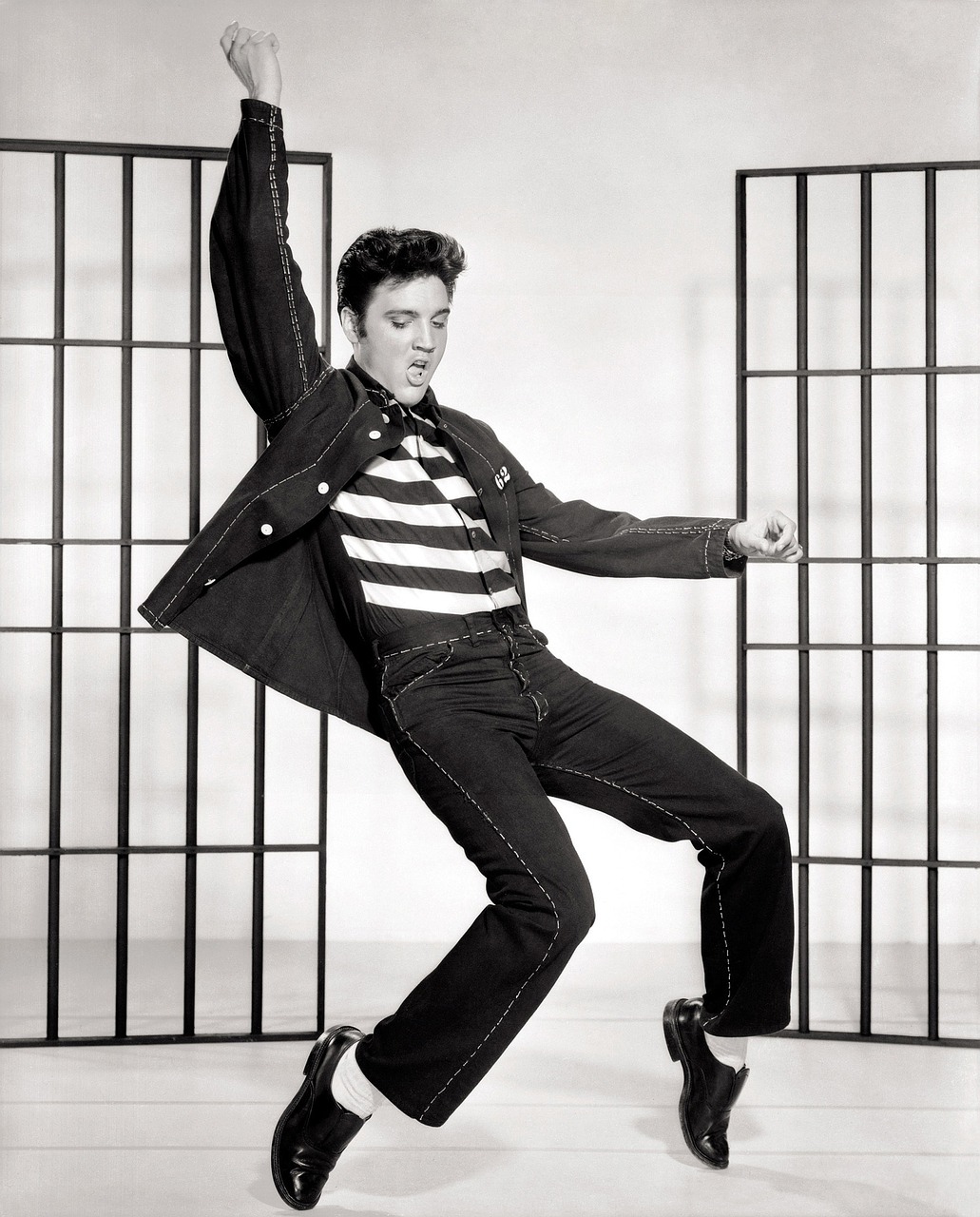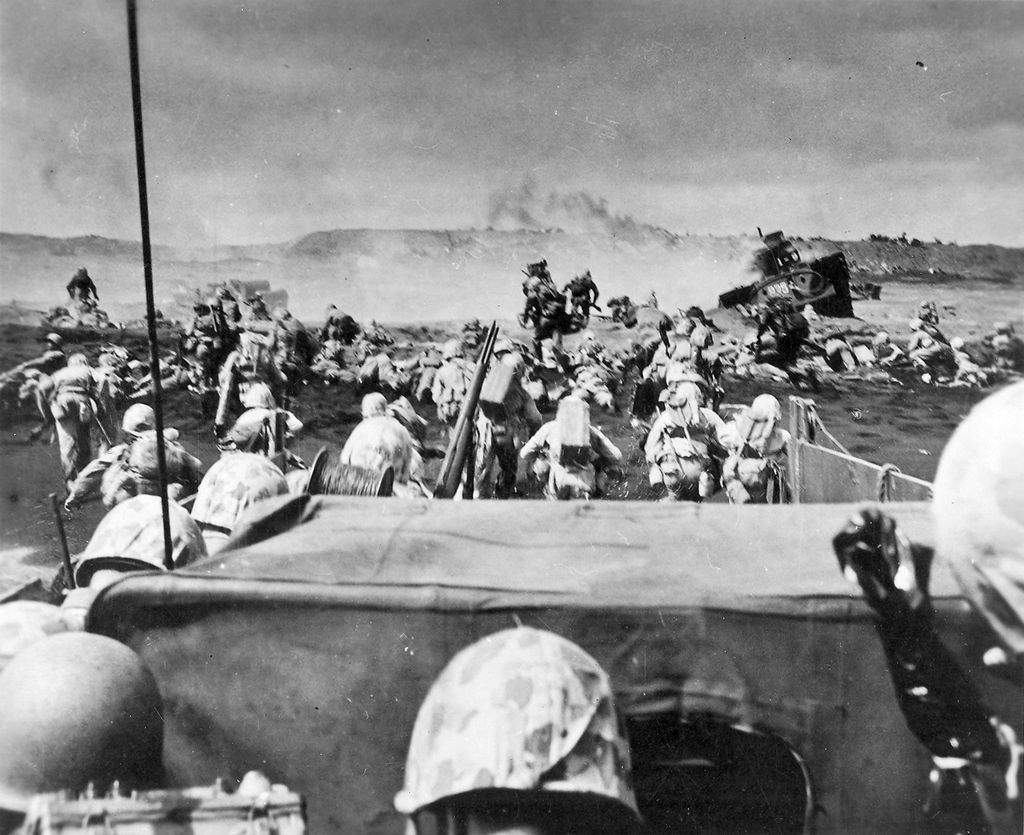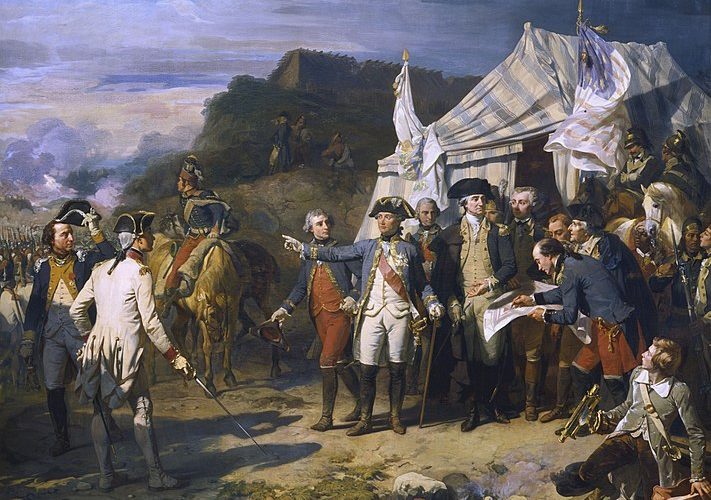Into Siberia by Gregory Wallance is a thrilling work of history about George Kennan’s harrowing journey into Russia and the light it shone on some of history’s most heinous human rights abuses. In the following excerpt, Wallance explores the profound...
Into Siberia by Gregory Wallance is a thrilling work of history about George Kennan’s harrowing journey into Russia and the light it shone on some of history’s most heinous human rights abuses. In the following excerpt, Wallance explores the profound impact that Kennan’s travels and reporting had on America’s perception of Russia.
In mid-June 1885, a four-wheeled, horse-drawn carriage called a tarantas entered a small forest clearing just east of the Ural Mountains in Russia. At the center of the clearing stood a twelve-foot-high brick pillar, which marked the Siberian frontier. The driver brought the three-horse team to a halt, calling out to his passengers, “Here is the boundary.” Two Americans in tweed traveling suits climbed out of the carriage.
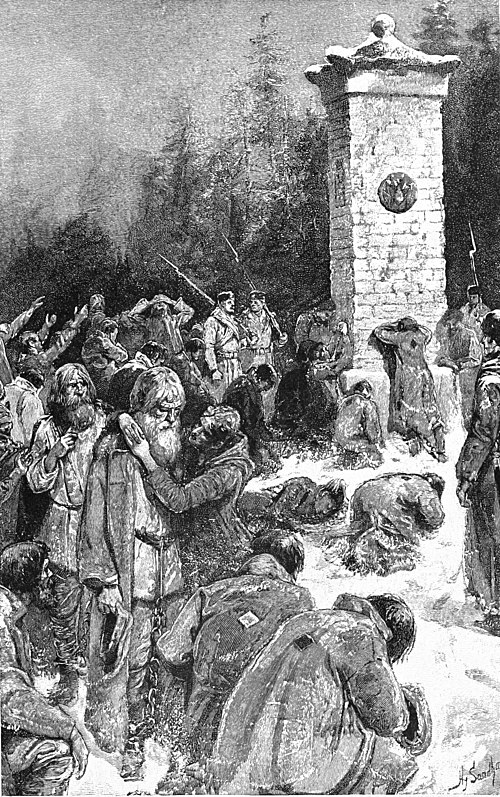 The Siberian Boundary post from George Keenan’s book, Siberia and the Exile System.
The Siberian Boundary post from George Keenan’s book, Siberia and the Exile System.George Kennan, a forty-year-old journalist, walked around the pillar, which had a façade of crumbling white stucco. He was a thin, sinewy man who stood ramrod straight. He had dark, piercing eyes, black hair flecked with gray, a well-groomed handlebar mustache, and an ample supply of resourceful energy. He had come to Russia on assignment for a widely read American journal, The Century Illustrated Monthly Magazine, to investigate the Siberian exile system. His companion, George Frost, a burly forty-two-year-old Boston artist, pulled out a sketch pad. He was there to provide the illustrations for Kennan’s articles. Standing before the pillar, Kennan, who considered himself a friend of Russia, could not have imagined that his findings would inflame the American public against the tsarist regime and shape enduring attitudes toward Russia.
Ghosts of convicted criminals haunted the clearing in the forest. In an earlier era, the convicts, bearded and gaunt after months of marching from European Russia, had been allowed by their guards a brief stop at the pillar. Some kissed the European side of the pillar while others pressed their tear-soaked faces to it. Convicts collapsed to their knees and buried their faces in the earth. Some hugged each other or dug up handfuls of dirt to take with them. A few scraped their names or inscriptions on the pillar. “Farewell life!” The exile convoy commander shouted an order to form ranks. With a clinking of their chains and shackles, the convicts assembled, crossed themselves, and resumed their march to the east.
Of those who survived to reach their Siberian destinations, few managed to return to Mother Russia after their sentences ended, which is why convicts wept at the pillar. A few years before Kennan’s investigation, the Russian government had completed a railroad line that transported convicts across European Russia and over the Ural Mountains, apparently without stopping at the boundary pillar. But since the Russian rail network did not yet penetrate far into Siberia, the convicts still had to march thousands of miles from the railhead to Siberian prisons, mines, and factories. Like their predecessors at the boundary pillar, few saw their homes again.
After contemplating the “grief consecrated pillar,” as Kennan called it, he and Frost climbed back into their carriage and rode into Siberia, which was so immense that it could swallow Europe (excluding Russia) and the United States (including Alaska) and still have more than enough room for Texas. They were unfazed by the challenge of a long Siberian journey because they were fit men familiar with hardship and privation.
The following March, Kennan and Frost stumbled out of Siberia. Frost had suffered a nervous breakdown with paranoid delusions and needed medical treatment. Kennan’s face was old and sunken and he had difficulty walking. His wife barely recognized him when they reunited in London.
* * * * *
George Kennan is a little-known American whose achievements have been overshadowed by a much younger, distant cousin, the diplomat George Frost Kennan, who was the chief architect of America’s Cold War containment strategy. The George Kennan of this story was an intrepid explorer, a leading American journalist, and after his Siberian exile investigation, a moral force whose writings and lectures about the inhumanity of the exile system compelled Russia to implement reforms.
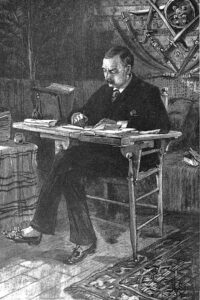 Illustration of George Keenan at his desk from his book, Siberia and the Exile System, published in 1891.
Illustration of George Keenan at his desk from his book, Siberia and the Exile System, published in 1891.Kennan went into Siberia twice. The first time was in 1865 when, as a member of a Western Union–backed venture called the Russian-American Telegraph Expedition, he explored a route for a telegraph line through the subzero wilderness of northeastern Siberia. It was a classic young man’s adventure filled with challenges and hardships and driven by Kennan’s quest to prove his courage. Twenty years later he returned to Siberia with George Frost to investigate the exile system and found himself on a moral journey. By then he had become one of America’s most prominent defenders of Russia and its centuries-old practice of banishing criminals and political dissidents to Siberia. Kennan, who spoke Russian fluently and was regarded as a leading expert on Russia, believed that a thorough, objective investigation would vindicate his contention that the exile system, while hardly without flaws, was more humane than penal systems in European countries. He also hoped that his articles about the Siberian exile system would make him rich and famous.
Kennan and Frost traveled eight thousand miles in Siberia in horsedrawn carriages, river steamers, and sleighs and on horseback. They suffocated in sandstorms in the summer and endured winter temperatures of minus forty-five degrees Fahrenheit. They inspected dozens of prisons, observed the marching parties of exiled convicts, spoke with Siberian officials, and met with more than a hundred exiled opponents of the tsarist regime. Both men were plagued by disease, vermin that infested their clothing and luggage, the jolting and pounding of carriages without springs or seats (they had to sit on their luggage), and by the stress of police surveillance. Worst of all was the nervous strain caused by their unrelenting exposure to human suffering because the exile system, as Kennan discovered, in fact was a brutal instrument of the Russian Empire’s exploitation of Siberia’s vast natural resources and a means of suppressing and punishing dissent.
Kennan’s investigation discredited his own defense of the exile system, as he was the first to admit, and changed him as a person. When he returned to the United States, his overarching goal was no longer wealth and fame but to end the suffering of the exiles and bring freedom to Russia. His concept of courage, his attitudes toward women, his views on the Russian government’s oppression of its Jews had all changed. “What I saw heard and learned in Siberia stirred me to the very depths of my soul—opened to me a new world of human experience, and raised, in some respects, all my moral standards.”
And Kennan’s investigation changed America. Today it is nearly impossible to conceive of the close diplomatic relations between Russia and the United States and the affection of Americans for Russia at the time of Kennan’s investigation. Many Americans held the benign perception of Russia as a “distant friend” of the United States, a colorful but mysterious land filled with tragically romantic characters. Kennan’s investigative reporting put an end to that. His articles for the Century magazine, a nearly one-thousand-page, two-volume book, Siberia and the Exile System, and a nine-year lecture tour about the exile system left Americans so appalled and angry at Russia’s mistreatment of its citizens that the relationship between the two countries was never the same.
I was drawn to Kennan because of my own experience in the Soviet Union, which still used exile as a punishment, during the Cold War. I had gone there as a young lawyer to submit legal petitions to Soviet authorities on behalf of Jews who had been exiled to Siberia merely because they had publicly demanded the right to emigrate to Israel. I was fortunate to meet courageous dissidents, such as the physicist, human rights advocate, and Nobel Peace Prize–laureate Andrei D. Sakharov and his wife, Yelena G. Bonner, who sacrificed their careers, comfort, and liberty in a fight for freedoms that I had taken for granted until I crossed the Soviet border. Not long after I met them, Sakharov and Bonner were exiled to the Volga River city of Gorky, which was then closed to foreigners, for protesting the Russian invasion of Afghanistan in 1979.
What it means to live without freedom was driven home to Kennan when, during his investigation, he interviewed a former Siberian political exile in the presence of a Russian liberal, who was amazed by Kennan’s horrified expression as he listened to the exile’s tragic story. The liberal later explained to Kennan that for him the exile’s story was no more surprising than “an account of the running-over of a man in the street. As I watched the play of expression in your face—as I was forced to look at the facts, for a moment, from your point of view—I felt again, to the very bottom of my soul, the difference between a free citizen and a citizen of Russia.” That difference had a lasting impact on Kennan.
Refreshingly, in the nineteenth century, character mattered as much as personality does in our times. Kennan once explained the importance of character in his Siberian telegraph exploration, but his words also apply to his even more demanding investigation of the Siberian exile system and grueling years on the lecture circuit. “Man carries on, for months or years, an almost incessant fight with a hostile and pitiless environment. . . . In such a situation, personal character rises into absolute predominance; and success, when achieved, is due almost wholly to the courage, forethought, and steadfastness of the individual actor.” Diplomat George Frost Kennan paid tribute to his older cousin’s character when he observed that his formal education ended at high school. “He really was in the intellectual sense a self-made man. He always had to do it himself with very little money. It is quite amazing for a boy of his background.”
Kennan was asked late in life where he went to college. “Russia,” he replied.
Copyright © 2023 by Gregory J. Wallance
Gregory Wallance is a lawyer and writer in New York City. He is the author of Papa’s Game, about the theft of the French Connection heroin, which received a nonfiction nomination for an Edgar Allan Poe Award; America’s Soul in the Balance, The Woman Who Fought an Empire, and the historical novel Two Men Before the Storm. He has written op eds for The New York Times, USA Today, and the Wall Street Journal, has appeared as a commentator on CNN, Fox News, MSNBC, C-SPAN, and The Today Show, and is currently a Contributor for The Hill.
The post George Kennan and the Siberian Exile System appeared first on The History Reader.






